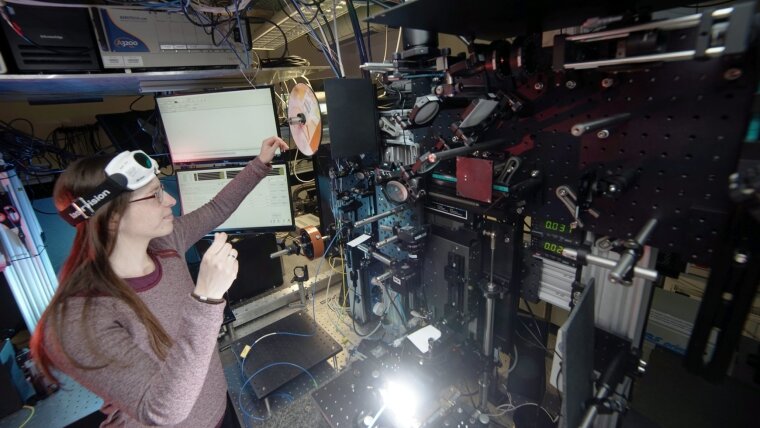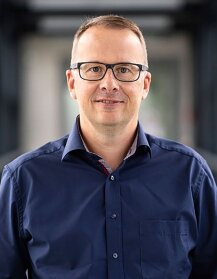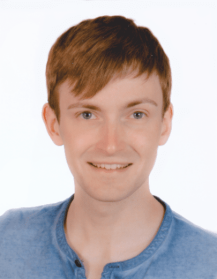
Metallic nanogaps are well known for inducing a huge field enhancement, thus favoring the appearance of nonlinear optical effects at lower input powers. When nanogaps reach a thickness of few nanometers or even sub-nanometer, new physical effects come into play. Indeed, at this short distance quantum mechanical effects start to be appreciable. Beyond direct optically-driven tunneling -requiring gaps of no more than 2 nm- and quantization of the electron wavefunction in few atoms ensembles, quantum effects of different nature can manifest for wider gaps as well. Recently, these effects have been modelled by using a novel approach based on mesoscopic boundary conditions (MBC) in the macroscopic Maxwell's equations, achieving a good agreement with the experiments in the linear regime. From a physical point of view, the MBC accounts for several microscopic phenomena, such as electron spill-out, Landau damping, and spatial nonlocality.
In this project we aim to study arrays of nanoantennas, and focusing our interest on the nonlinear regime. Specifically, we will manufacture extended bi-dimensional arrays of nanoantennas – called plasmonic metasurfaces – embedding nanogaps to enhance the nonlinear signal using the same principle of phased-arrays in radar/microwave technology. A periodic structure in phase-matching with the emitted radiation implies the efficient excitation of a surface wave, thus generating a collective coupling between the nanoantennas called surface lattice resonance (SLR). As we demonstrated in the first phase of the project, such a collective excitation strongly impacts the nonlinear harmonic generation, permitting a substantial improvement in the emission efficiency. Thus, our periodic structures with nanogaps feature a strong and direct connection between microscopic and macroscopic physical effects, with the emergence of collective dynamics both at the nanoscale (sea of electrons) and at the optical wavelength scale, as required by the momentum conservation.
In accordance with the spirit of NOA, the main goal of this project is to generate macroscopic optical response dictated by the structuring of the sample in a deep sub-wavelength regime. Beyond the evident potential applications such as the realization of new optical sources and photonic devices, our project provides an exciting experimental toolbox to investigate the physical properties of light-matter interaction at the atomic scale.


